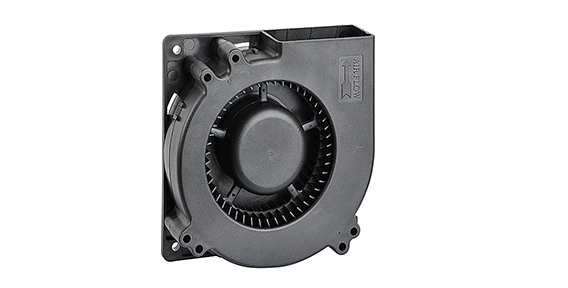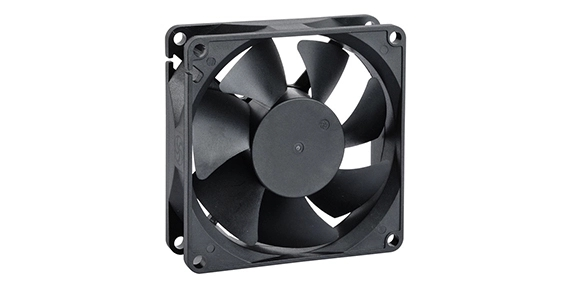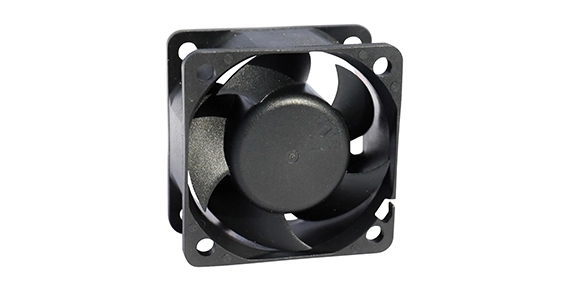Ventilation is a critical aspect of any building or enclosed space, as it helps to maintain a healthy and comfortable environment for occupants. One of the key components in a ventilation system is the centrifugal blower fan. These fans play a crucial role in driving airflow, removing stale air and contaminants, and ensuring energy efficiency in the ventilation process. In this article, we will explore the mechanism of centrifugal blower fans and discuss their significance in ventilation systems.
Mechanism of the Centrifugal Blower Fan: Driving Airflow with Precision
Centrifugal blower fans operate on the principle of centrifugal force, hence the name. They consist of a wheel or impeller that spins at high speed, drawing the air into the fan housing through an inlet. As the impeller rotates, the air is forced to move radially outward due to the centrifugal force genrated. This outward movement of air creates a pressure difference, causing it to be directed towards the outlet of the fan.
One of the key advantages of the centrifugal blower fan is their ability to generate a high pressure differential, allowing them to push air through ducts and overcome resistance from filters and other components of the ventilation system. This precision in driving airflow makes them ideal for applications that require a significant amount of ventilation, such as large commercial buildings, industrial facilities, and manufacturing plants.

Centrifugal Blower Fan Exhaust Ventilation: Removing Stale Air and Contaminants
One of the main purposes of ventilation is to remove stale air and contaminants from an enclosed space. Centrifugal blower fans excel in this aspect, as they effectively exhaust the air out of a building or room. As the fan draws in fresh air from outside, it simultaneously extracts the stale air and contaminants, ensuring a continuous flow of clean air.
The centrifugal force generated by the fan's impeller helps to propel the air out of the ventilation system, preventing any stagnation and promoting a healthy indoor environment. Additionally, these fans can be equipped with filters to further enhance the removal of dust, allergens, and other particulate matter. This makes them an essential component in ensuring the air quality of a building and providing a comfortable breathing atmosphere for occupants.
Centrifugal Blower Fan Energy Efficiency in Ventilation: A Sustainable Approach
In today's world, energy efficiency and sustainability are paramount considerations in any ventilation system. Centrifugal blower fans play a key role in ensuring energy efficiency, making them an environmentally friendly choice.
These fans are designed to maximize airflow while minimizing power consumption. They are constructed with aerodynamically efficient impellers and housings, reducing energy losses and achieving higher overall efficiencies. Furthermore, the axial cooling fan is equipped with variable speed drives, allowing for precise control of airflow and energy consumption based on the ventilation requirements.
By utilizing energy-efficient centrifugal blower fans, building owners and operators can significantly reduce their energy consumption and carbon footprint, leading to long-term cost savings and environmental benefits.
Centrifugal blower fans are vital components in any ventilation system, serving multiple purposes. Their ability to drive airflow with precision, remove stale air and contaminants, and ensure energy efficiency makes them indispensable in a wide range of applications. Whether it is a commercial building, an industrial facility, or a manufacturing plant, the role of centrifugal blower fans in ventilation cannot be overstated. Considering their importance, it is crucial to choose reliable and high-quality brands like XIE HENG DA to ensure optimal performance and longevity in any ventilation system.


 EN
EN 

 +
+
 +
+
 +
+



